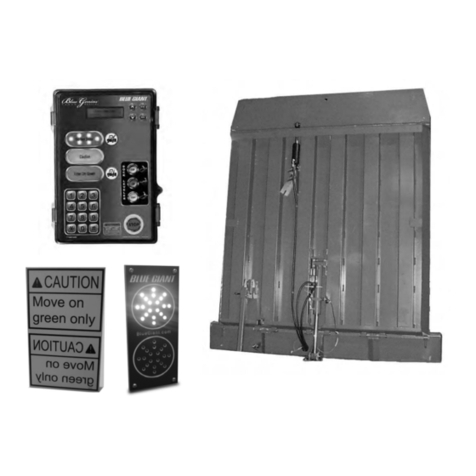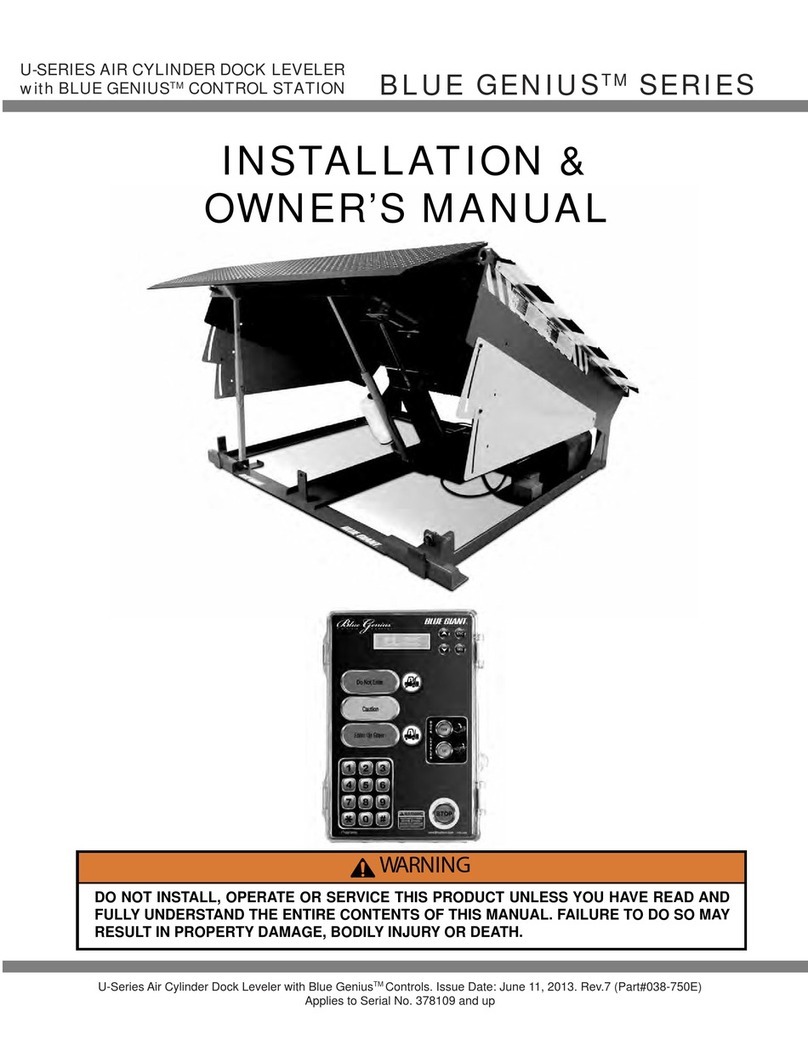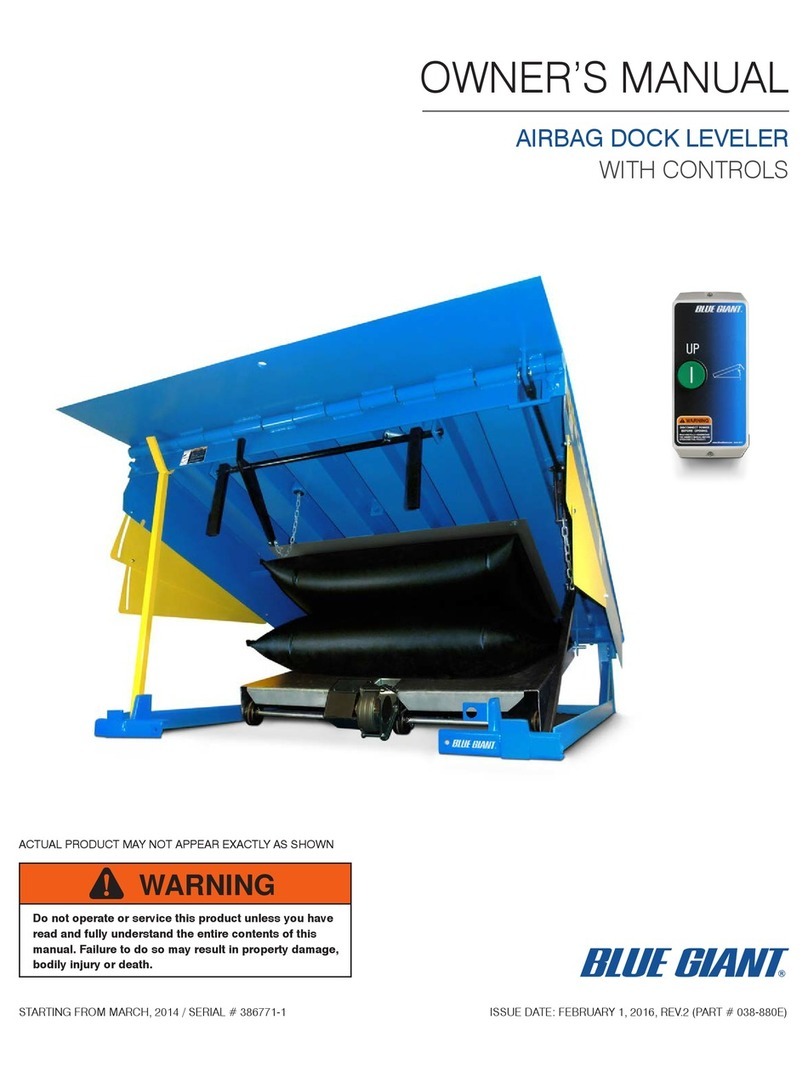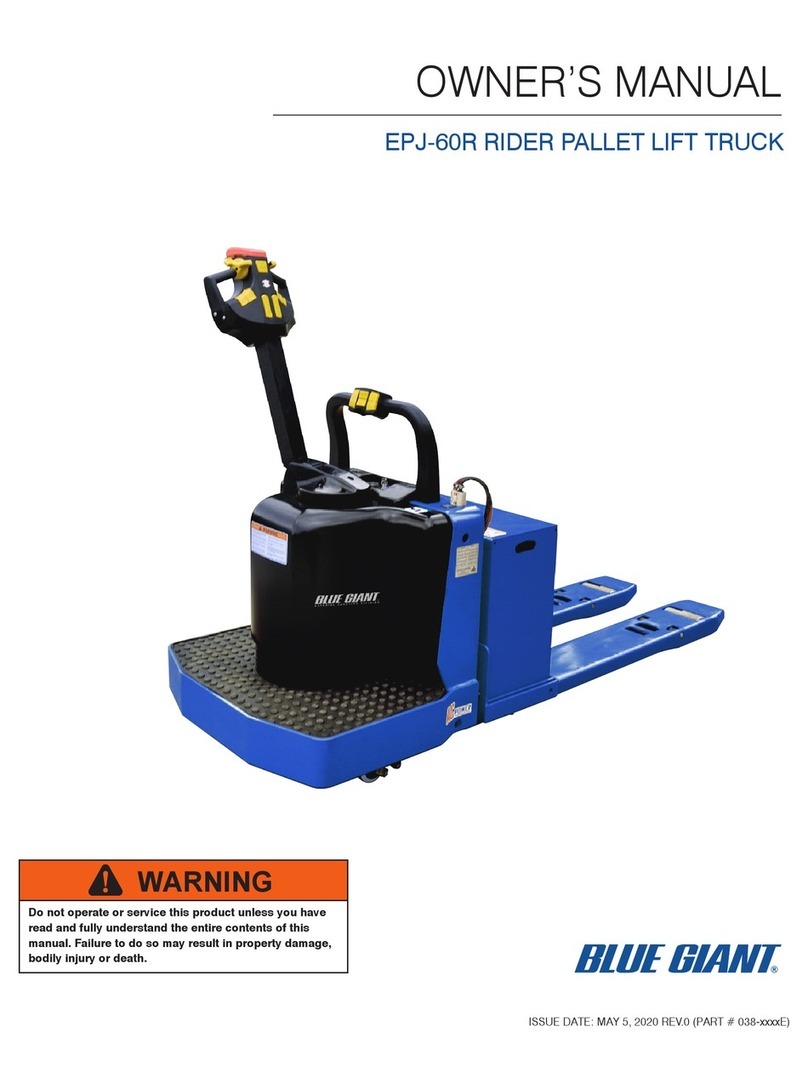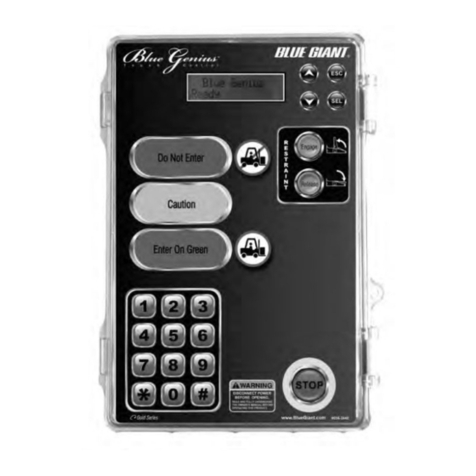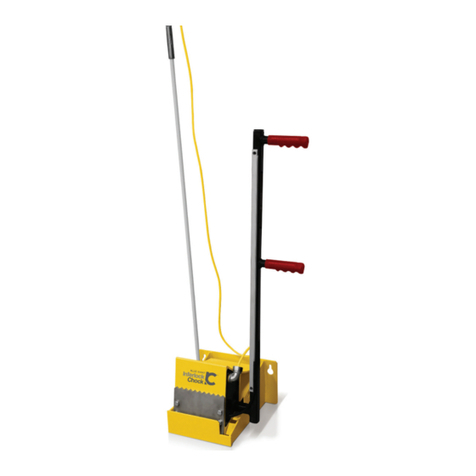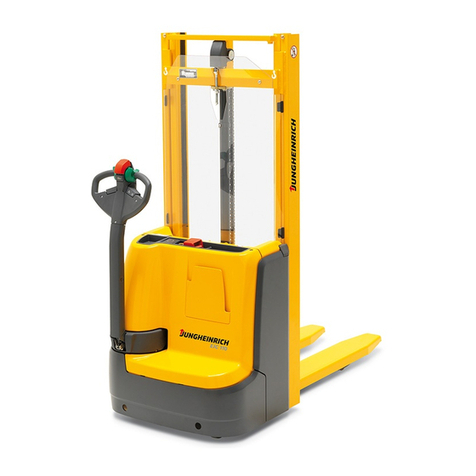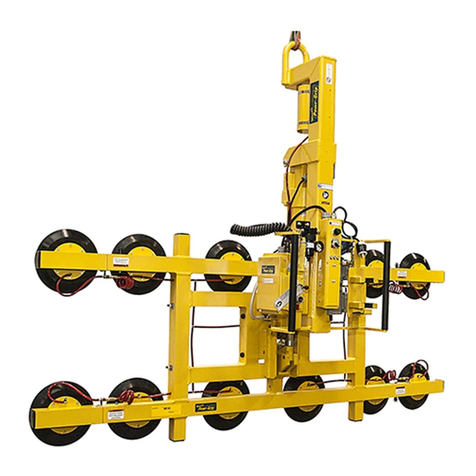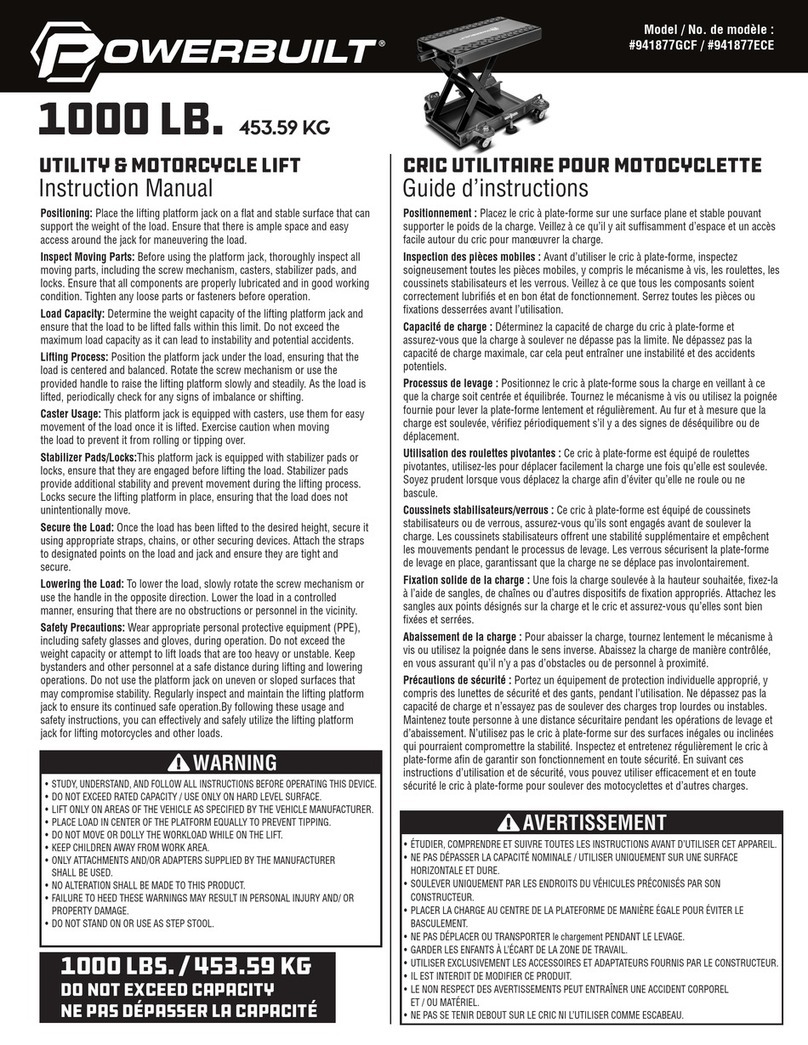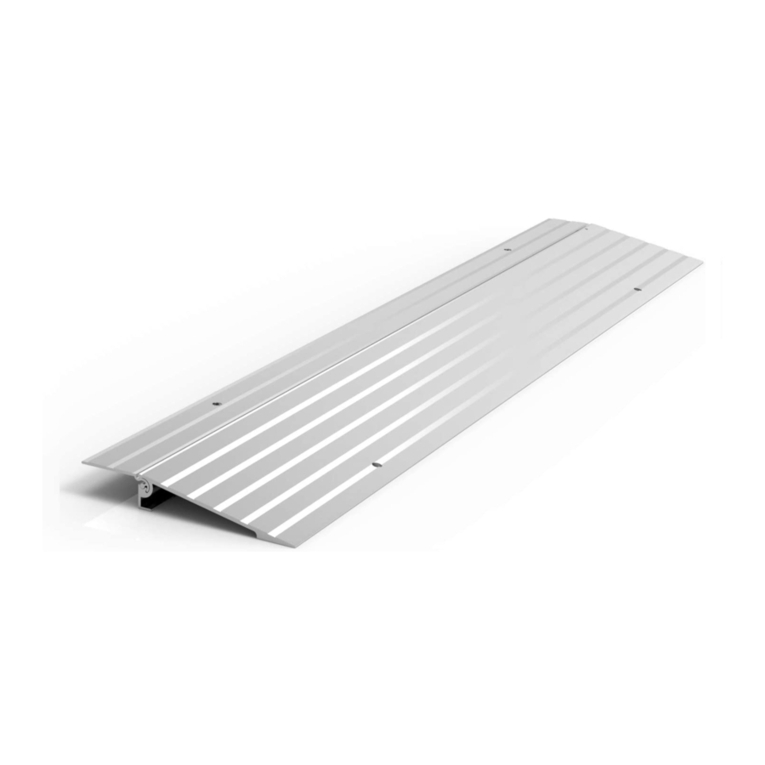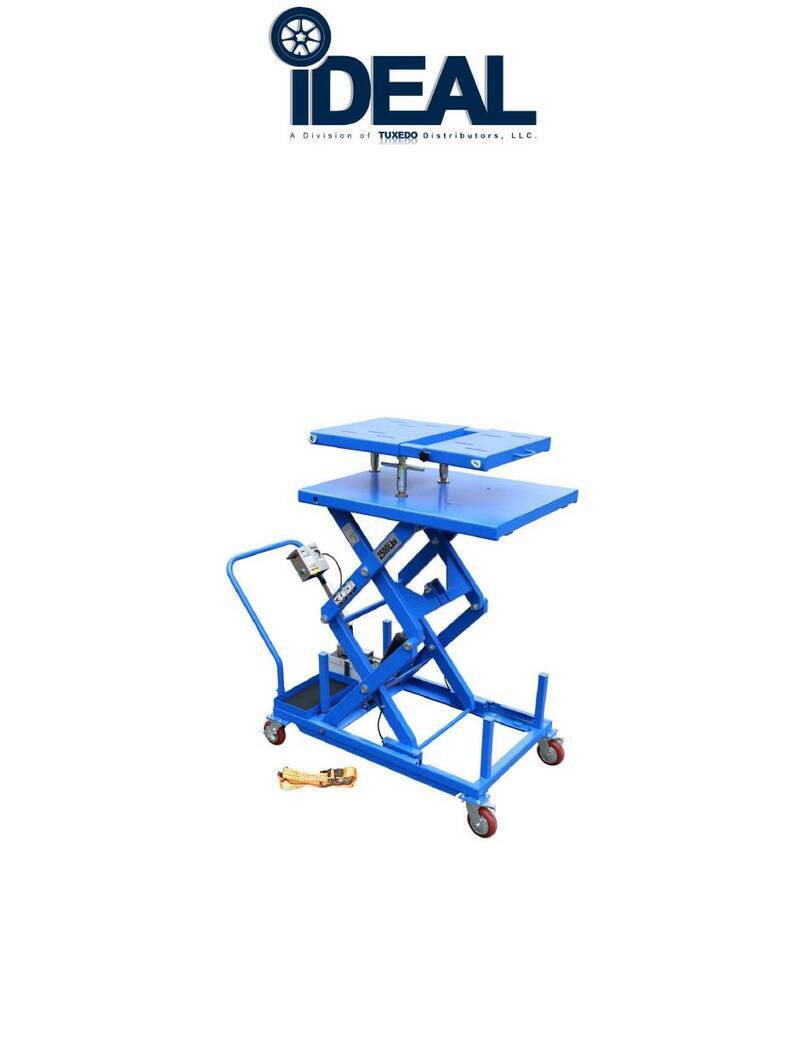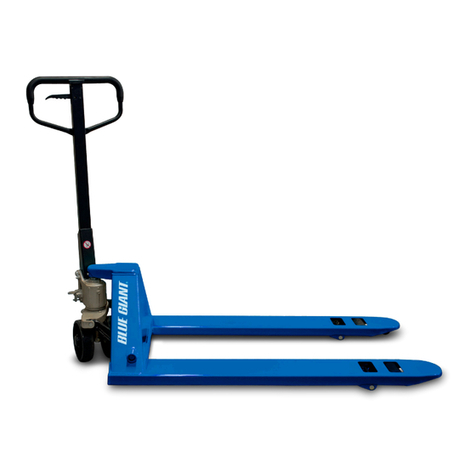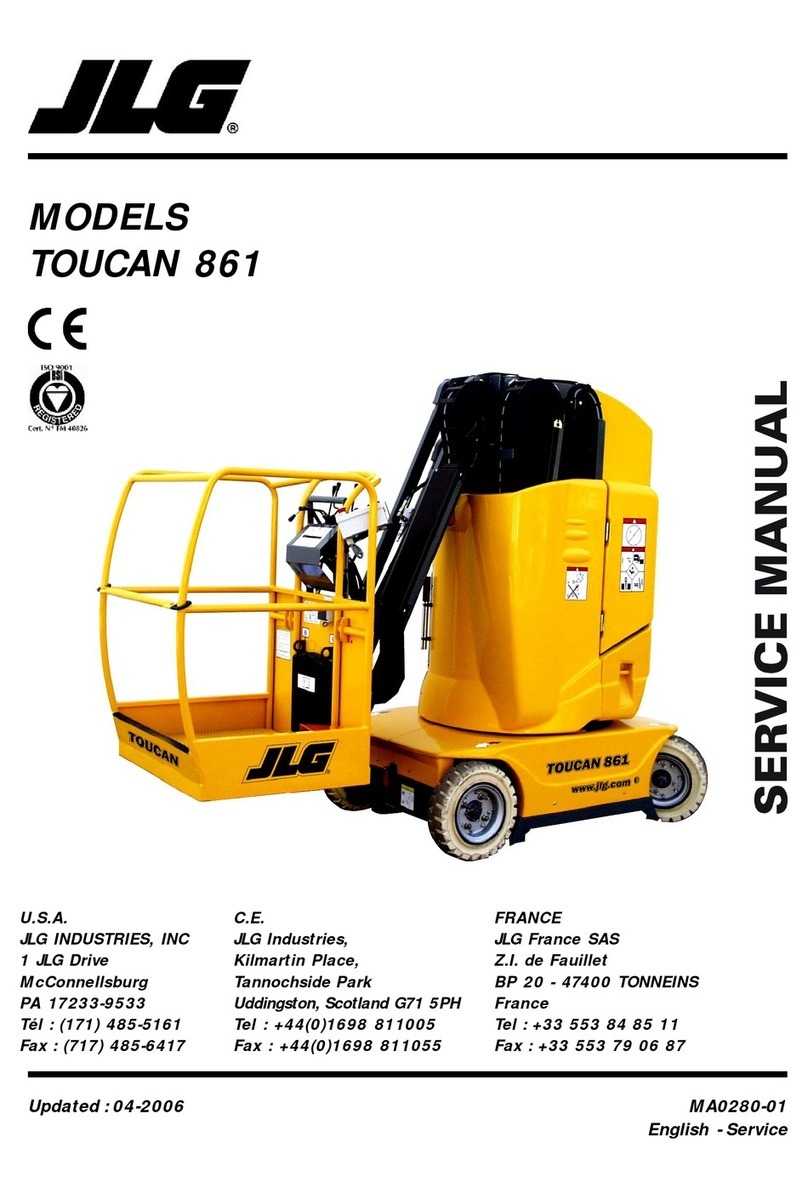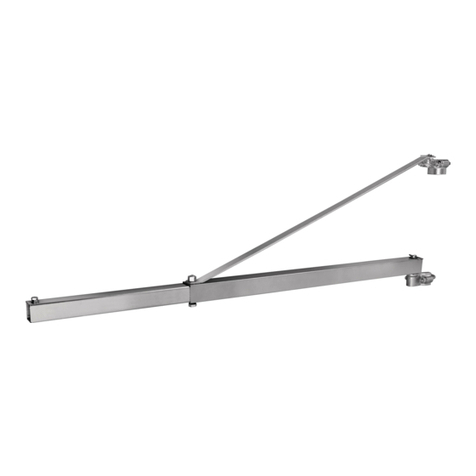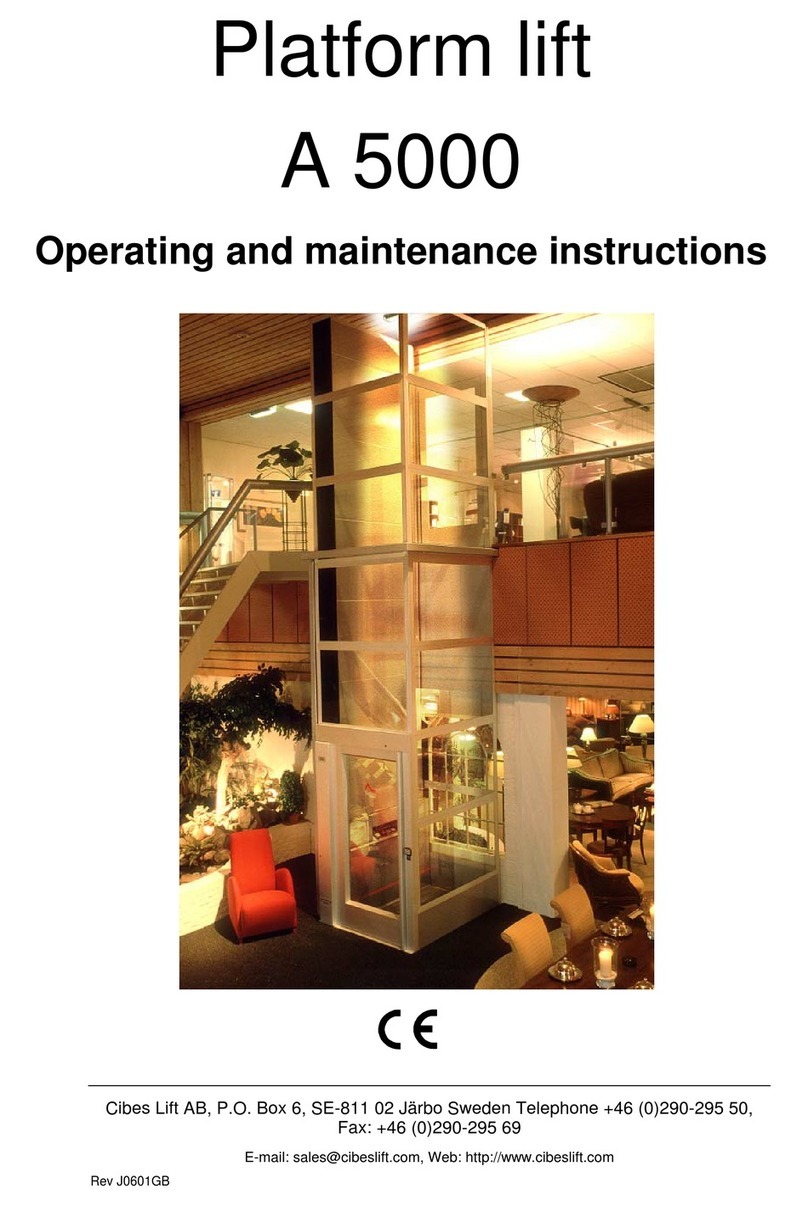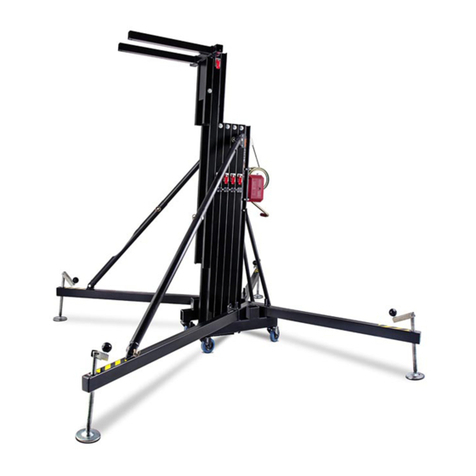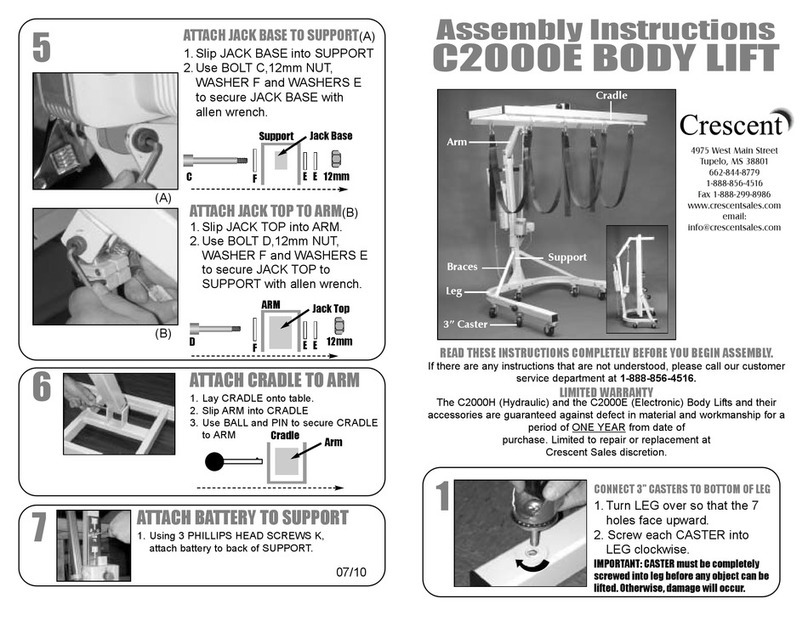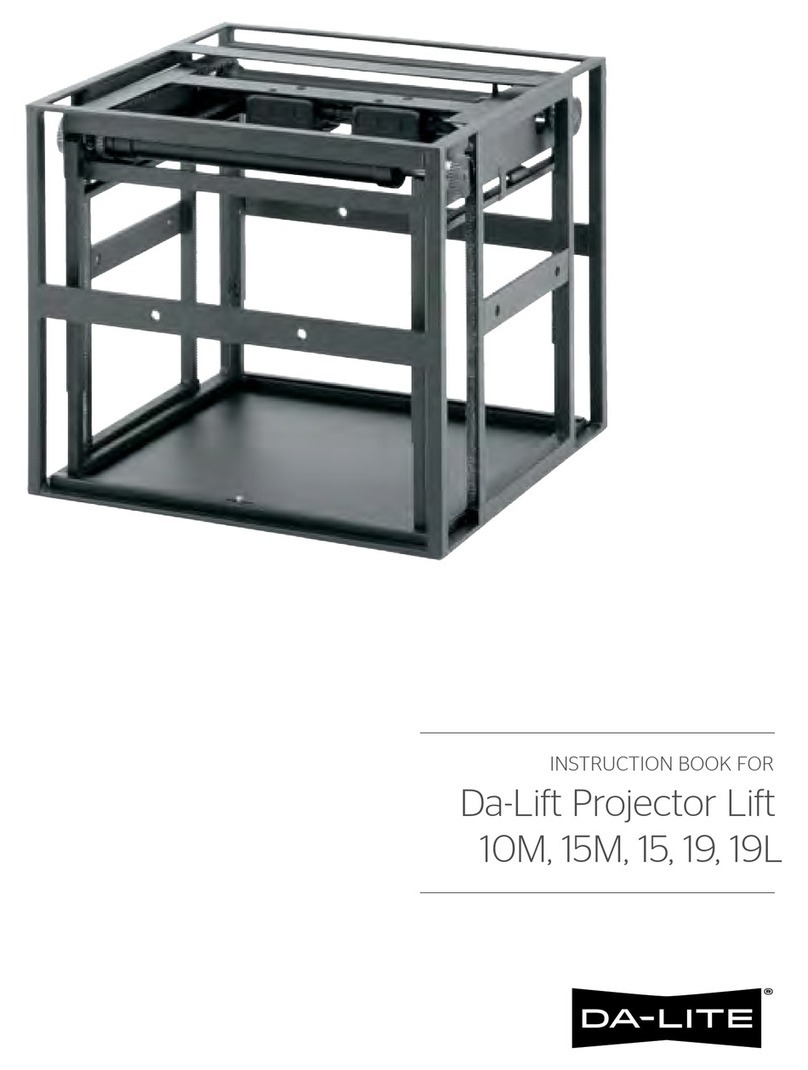
BG1 TASK SUPPORT VEHICLE—OPERATOR’S MANUAL
3ISSUE DATE: JANUARY 22, 2020 REV.2 (PART # 038-1041E)
1.0 SAFETY PROCEDURES
1. Do not operate this vehicle unless you have been authorized and trained to do so, and
have read all warnings and instructions in Operator’s Manual and on this vehicle. Read,
understand and comply with the information on the vehicle’s nameplate at all times.
2. Do not operate this vehicle until you have performed the daily operation’s check list. Verify
and inspect tires, horn, battery, controller, lift and hydraulic systems, brakes, steering
mechanism and guards. Verify that all emergency controls, personal protection and safety
devices are in place and functioning correctly and ensure the vehicle is free of fluid leaks
and has no loose or missing parts. Report any problems to the designated authority and
do not use the vehicle until they are corrected by a qualified service technician.
3. This vehicle must not be modified without the manufacturer’s consent. Components
critical to the vehicle’s stability such as batteries shall not be replaced with lighter weight
components.
4. Operate vehicle only from designated platform operating position. Use this vehicle indoors
on level surfaces only. Never operate on ramps and slopes or uneven floors. This vehicle
is not for use on mezzanines or balcony areas. Before operating, inspect the floor area
it will be used on and be certain it will support the vehicle at full capacity and lift height.
Identify and avoid holes, drop-offs, bumps and obstructions.
5. Before and during all vehicle operations ensure that adequate clearance is maintained
from overhead obstructions and energized electrical conductors and parts.
6. Before elevating platform be sure guard rails access gates are in place and lowered. Keep
feet on platform floor at all times while using vehicle, never climb onto guard rails or
platform shelf. Do not use ladders, planks or other devices to achieve additional height or
platform.
7. When transferring loads to platform or platform shelf, do not exceed capacity ratings on
vehicle nameplate. Ensure loads are centered and do not contact any obstructions in the
vehicle’s vicinity. Do not stabilize the platform by contact with adjacent objects such as
racks or shelving. Do not use the platform as a crane.
8. Take care to prevent electrical cords, hoses or other equipment from entangling in
platform. Ensure area surrounding the vehicle is free of personnel and equipment before
lowering platform.
9. Maintain a clear view of the ground while traveling and a safe distance from obstacles in
the vehicle or platform’s path. Ensure personnel in the vicinity are aware of the vehicle’s
movement. Travel at a safe speed for the conditions the vehicle is operating in.
10. Observe applicable traffic regulations. Yield right of way to pedestrians. Slow down and
sound horn at cross aisles and wherever vision is obstructed. Avoid hazardous locations.
11. Enter and exit platform only through raised access gates and with the platform fully
lowered and vehicle stopped. When leaving vehicle unattended, remove key to prevent
unauthorized use.





















